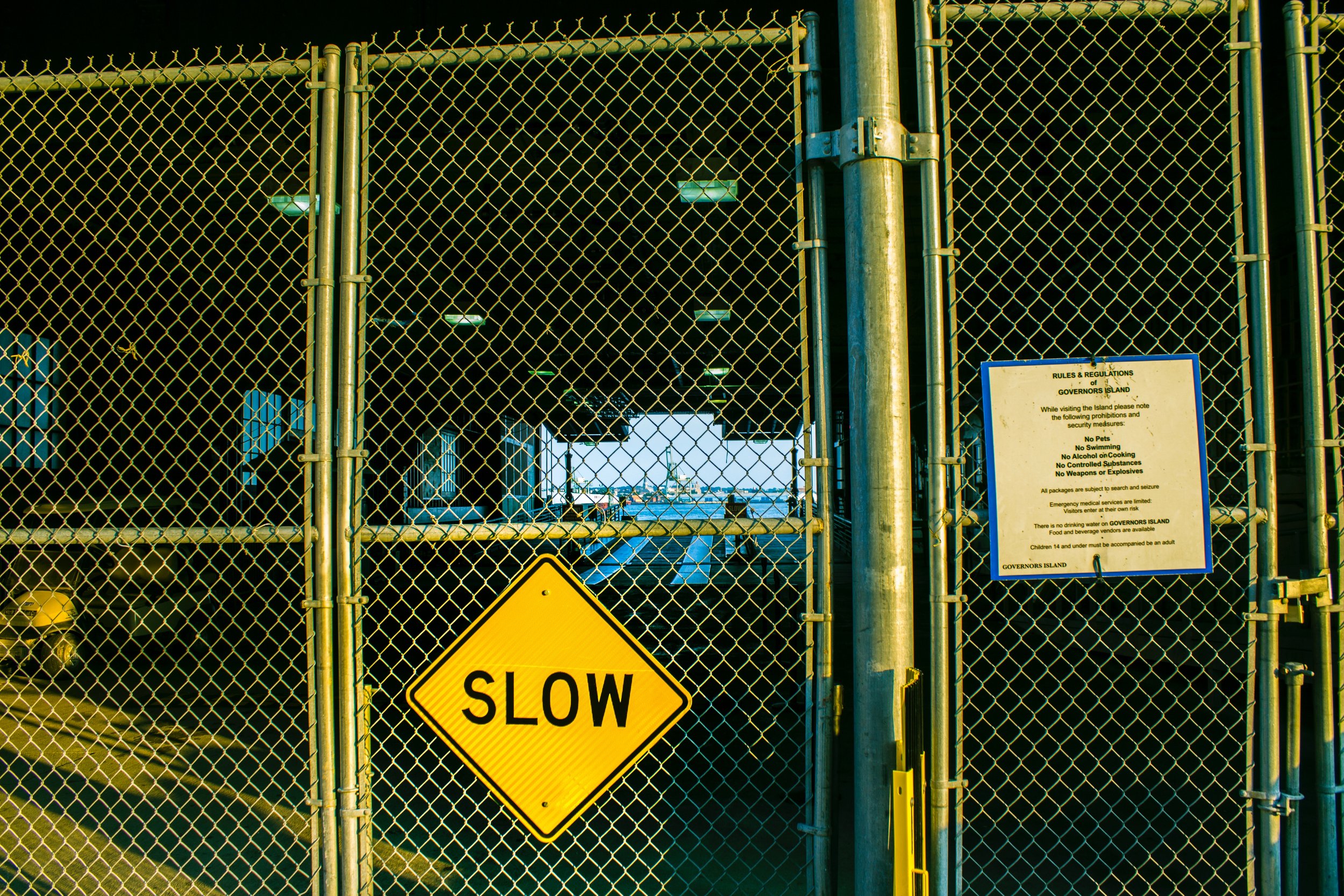The Evolution of Cannabis Testing Regulations: Navigating State and Federal Requirements
As the cannabis industry continues to gain acceptance and legalization across various states in the U.S., regulations governing cannabis testing have evolved significantly. These regulations play a crucial role in ensuring the safety and quality of cannabis products, but they can also pose challenges for businesses and consumers alike. In this blog, we will provide an overview of the evolving landscape of cannabis testing regulations, including the differences between state and federal regulations, how they have changed over time, and their impacts on the industry and consumers.
State vs. Federal Regulations: Understanding the Differences
One of the complexities of cannabis testing regulations is the variation between state and federal regulations. Cannabis is classified as a Schedule I controlled substance under federal law, which means it is illegal at the federal level. However, many states have legalized cannabis for either medical or recreational use, and each state has its own set of regulations governing cannabis testing. To check out the regulations for your specific state, check out our interactive map.
State regulations typically cover areas such as testing methodologies, standards, and requirements for testing laboratories, labeling and packaging requirements, and allowable limits for cannabinoids, contaminants, and other substances. These regulations are often specific to each state and can vary significantly in terms of stringency and requirements. For example, in New Mexico, the state does not appear to require the testing of residual pesticides for topical products according to the NMAC section 16.8.7.15
On the other hand, federal regulations for cannabis testing are limited. The U.S. Food and Drug Administration (FDA) does not currently regulate cannabis or cannabis-derived products, except for FDA-approved drugs containing CBD. This lack of federal oversight has led to a patchwork of state regulations, creating challenges for cannabis businesses operating in multiple states and consumers seeking consistent and reliable cannabis products. Part of our business is to help testing businesses understand what testing they need to provide, make sure they have SOPs to do so, and how to get their laboratory state certified.
Evolution of Cannabis Testing Regulations: Changes Over Time
Cannabis testing regulations have evolved over time as more states have legalized cannabis for medical or recreational use. In the early stages of legalization, testing requirements were often minimal, with a focus on basic potency testing for THC and CBD levels. However, as the industry has matured, regulations have become more stringent and comprehensive to ensure the safety and quality of cannabis products.
Many states now require testing for a broader range of cannabinoids, terpenes, and contaminants, including pesticides, heavy metals, residual solvents, and microbial contaminants. Testing laboratories are also required to meet specific standards for accreditation, equipment, and personnel qualifications. Some states also mandate third-party testing, where an independent laboratory conducts the testing rather than the cannabis businesses themselves, to ensure unbiased results. This is probably for the best for the consumer because nobody wants to inhale a big puff of salmonella and mercury.
For one reason or another, a state may also change action limits or add additional types of testing to the list of required tests. If, for example, the state was too permissive on the amount of mercury a laboratory could detect but still allow a batch to pass, the state may decide to decrease the action limit to help ensure safety for the consumer. Another example is a state may also have started a cannabis program without deciding that mycotoxins are a health hazard they needed to take into account. Later they decide that they also want that to be part of the suite of required testing. Because this is often, but not exclusively, done on an LCMS a laboratory likely already has, it can be expensive, but not prohibitively so, to put this testing into effect. If you’re facing a changing landscape and struggling to navigate it, you might consider booking a consultation with us. Getting you a solution based on attributes such as finding the cheapest solution to mycotoxin testing, the easiest method for day-to-day operations, or even helping your find second-hand equipment to save your budget is what we do best.
In addition to potency and contaminants testing, some states have also introduced regulations for terpene profiling, which involves analyzing the terpene content of cannabis strains. Terpenes are aromatic compounds found in cannabis that contribute to its flavor, aroma, and potential therapeutic effects. Terpene profiling can provide valuable information for consumers seeking specific strains based on their desired effects or flavor profiles.
Impacts on the Industry and Consumers
The evolving landscape of cannabis testing regulations has significant impacts on the cannabis industry and consumers. For the industry, compliance with testing regulations can be complex and costly. Cannabis businesses need to invest in testing equipment, personnel, and quality control measures to meet the requirements of different state regulations, which are specific for any given state. Moreover, the evolving nature of regulations may require businesses to adapt and update their testing practices to remain compliant, which can pose additional challenges to moral, budgets, and understanding.
For consumers, cannabis testing regulations provide assurance of product safety and quality. Testing for potency, contaminants, and terpenes can help consumers make informed decisions about the cannabis products they consume, ensuring they are getting the desired potency, free from harmful contaminants, and tailored to their preferences. As not everyone wants to drink 100 proof clear alcohol, not everybody is looking to consumer 30% THC marijuana without any knowledge of its terpene profile. However, variations in testing requirements and standards almost invariably create confusion for testing laboratories, as changing requirements require changing well established methodologies.
Conclusion
In conclusion, the landscape of cannabis testing regulations has undergone significant changes over time, with variations between state and federal regulations, and increasing requirements for testing potency, contaminants, and terpenes. These regulations play a crucial role in ensuring the safety and quality of cannabis products, but they also present challenges for businesses and consumers alike. Compliance with evolving regulations can be complex and costly for the industry, while consumers rely on testing results to make informed decisions about the cannabis products they consume. As the cannabis industry continues to evolve, navigating the landscape of cannabis testing regulations remains a critical aspect for businesses and consumers alike to ensure the safety and efficacy of cannabis products. Stay informed and stay compliant to contribute to the growth of a safe and thriving cannabis industry.



